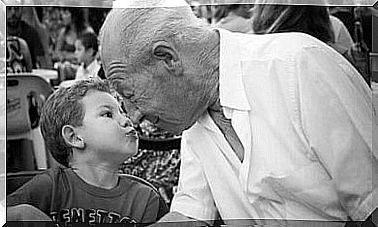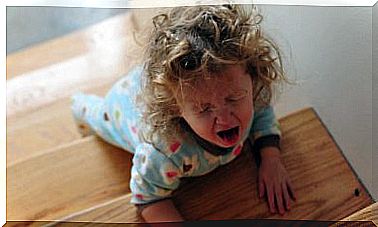Types Of Families According To Their Degree Of Cohesion – Being Parents

Each family unit is a world. The rules and modes of relationship between parents and children differ from one household to another. So there are many different types of families, depending on what we are focusing on.
One of the most important factors to assess when considering how a family works is the degree of cohesion. It indicates how much members are involved with each other, how much they care about each other and help each other.
At first glance, a high degree of cohesion may seem desirable, as family love and support are essential. However, it is imperative that everyone’s freedom and autonomy is also allowed. That each individual can develop individually without being limited by family ties.
Thus, we can say that the degree of cohesion is a continuum in the middle of which is virtue. Dependence on family is negative and limiting. But, in the same way, extreme independence is harmful. As a result, intermediary families, which are interdependent, enjoy better relationships and greater well-being.
Types of families according to their degree of cohesion
Family untied
These types of families are on the verge of independence. Their members have little involvement with each other, spend little time together, and have little interaction with each other. The affection is rarely seen, and the family is not often approached for support or advice in decision-making.

Everyone makes their own life, staying in separate spaces and having different interests. There is little emotional closeness and little loyalty. Independence and individuality come first.
Separated family
In this case, the family is already in a more central and healthier position. There is a certain degree of loyalty and involvement in others, and even signs of affection. But even then, personal separation and growth is still encouraged.
Each member has different interests and leisure time is often spent separately. But there are also moments of common recreation and shared family spaces. The boundaries between parents and children are clear, but everyone is emotionally close.
Connected family
Connected families go further in proximity and emotional intimacy, but always healthy. In this type of family, loyalty is encouraged and the expression of affection is fostered.
It is considered important that each member is involved with the others, that the family is a center of interest for all and that all opinions are taken into account when making decisions.
Sharing of time, interests and activities together is promoted and encouraged. Even personal friends are introduced and equated with family friends. But, even so, everyone’s individual time and space is respected.
Agglutinated family
Finally, clumped families are found at the other end of the spectrum. That is, in excessive dependence and attachment. Among the members of these nuclei there is extreme emotional closeness and absolute involvement. The family is the main interest, loyalty is demanded and decisions are made on the basis of a common interest.

Most activities, times and spaces are shared and privacy and individual development are barely allowed. In addition, there is a lack of boundaries between parents and children, which can lead to unhealthy coalitions between them; roles are not well defined.
Satisfaction in different types of families
A healthy family is a family that finds itself in a balance between attachment and detachment. A world where there is support, love and trust, but where individual free will is also encouraged and permitted.
It is up to each family nucleus to decide on the type of relationship it wishes to establish within it. However, it is important to understand that extreme positions can be detrimental to parents and children.
Families that are too independent can make their members feel lonely, lack affection, support and belonging. But, on the other hand, overly attached families can restrict freedom and lead to harmful addictions. So let’s try to find a healthy balance.









